The cemetery conceals the secrets of the burial of Chinese rulers
Recently, archaeologists made several more discoveries in one of the largest tombs on the Qinghai-Sizang plateau, Xinhua news agency reported. The tomb was opened in 2023, after three months of excavations it was possible to present to the world the interior layout and architectural complex.
 Photo: Chinese Cultural Relics
Photo: Chinese Cultural Relics
Widely known locally as the Yangjuan Tombs, the tomb complex belongs to the Reshui Cemetery, which was built during the Tuyuhun Tubo period of the early Tang Dynasty (618-907) in Dulan County on northwest China.
Excavations of the tombs began in 2023. After three months of excavation, the archaeological team revealed the layout and architectural structure of the tomb complex. Scientists noted that they had discovered a massive above-ground tomb complex with an area of 50 square meters.
Back in 2018, Reshui Cemetery became famous because the large Xuewei No. 1 tomb complex was discovered there. The complex became famous for its unique structure with cross beams made of cypress wood. With a total of nine layers, the site became known as the «Eastern Pyramid» and gained national fame.
It is not known for certain who owned the building. It has been suggested that the occupant of the tomb could have been a local ruler. Later excavations revealed even larger tombs than the Xuewei No. 1 tomb complex.
In addition, the Yangjuan tombs are distinguished by the number of additional buildings and unique layout in terms of ritual structure. This suggests a potentially higher social status than the other complex, marking progress in the study of ancient Chinese burial systems.
The team said that inside the largest building they discovered a square-shaped ritual platform made of brick. This discovery gives experts crucial clues to further uncover the identity and significance of the tomb's occupant.
“The excavation of the Yangjuan Tombs marks great progress in the study of the ancient burial systems of the Reshui Cemetery and even the Qinghai-Xizang Plateau,” explained the Global Times archaeologist Luo Jia.
“These discoveries were made possible through interdisciplinary collaboration and the use of new technologies such as laser scanning, high-precision digital elevation models and 3D scanning, which increase the accuracy and complexity of archaeological work in the tomb complex,” — noted Han Jianhua, a researcher at the Institute of Archeology of the Chinese Academy of Sciences. According to archaeologist Luo Jia, technology will provide more accurate data to determine the number of tombs and measures to protect them.



















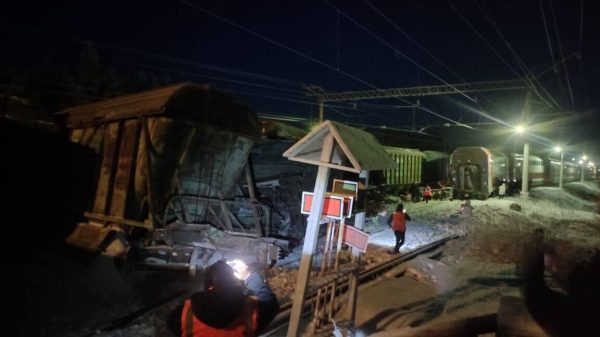



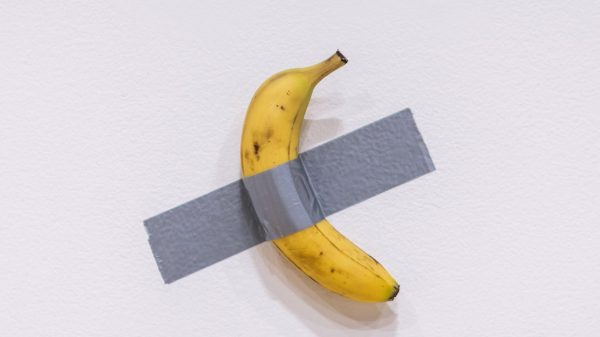






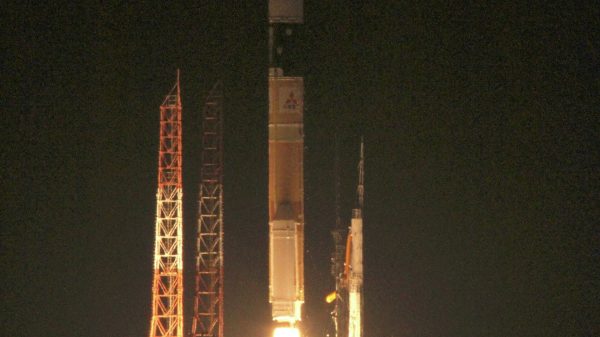









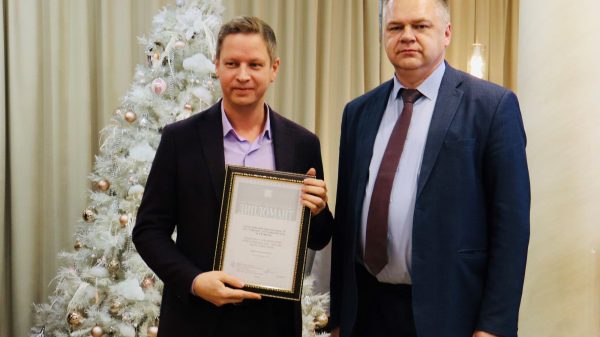


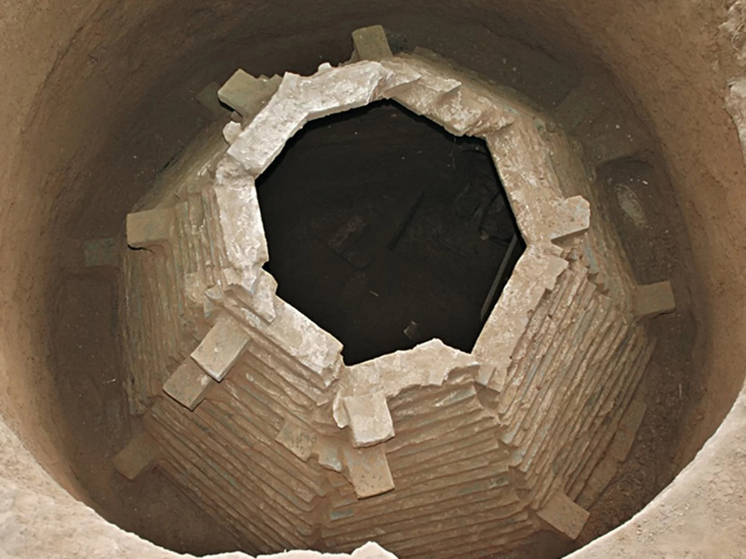


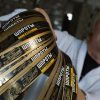
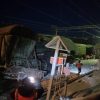




















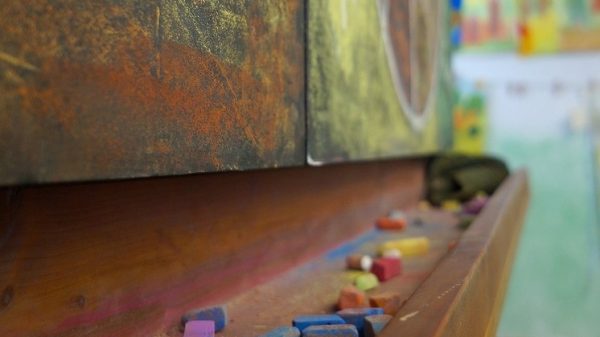
Свежие комментарии